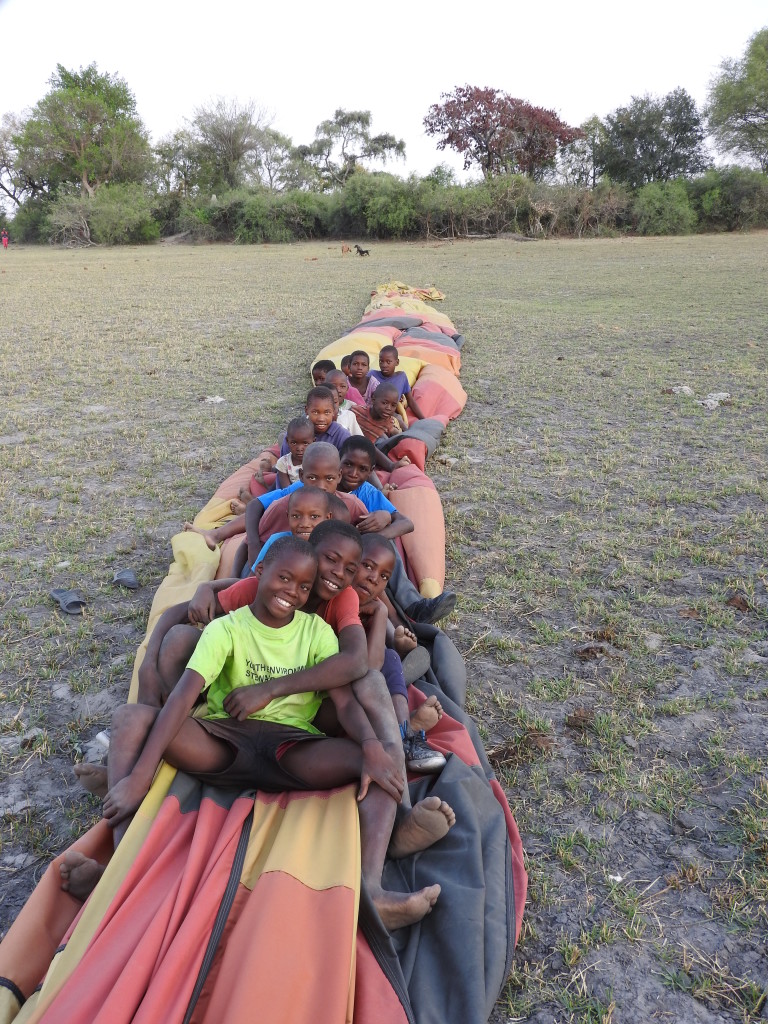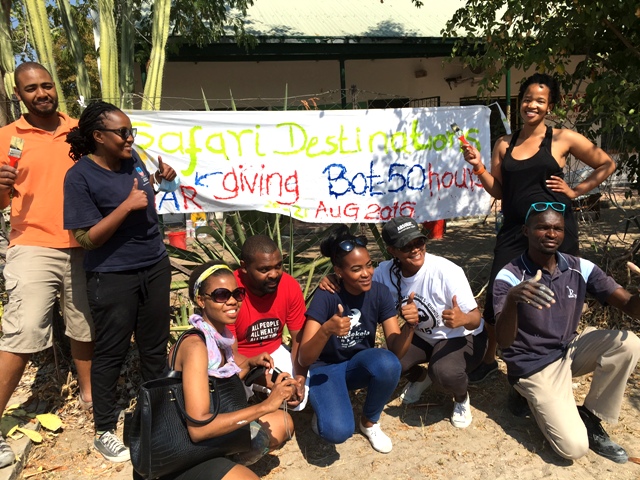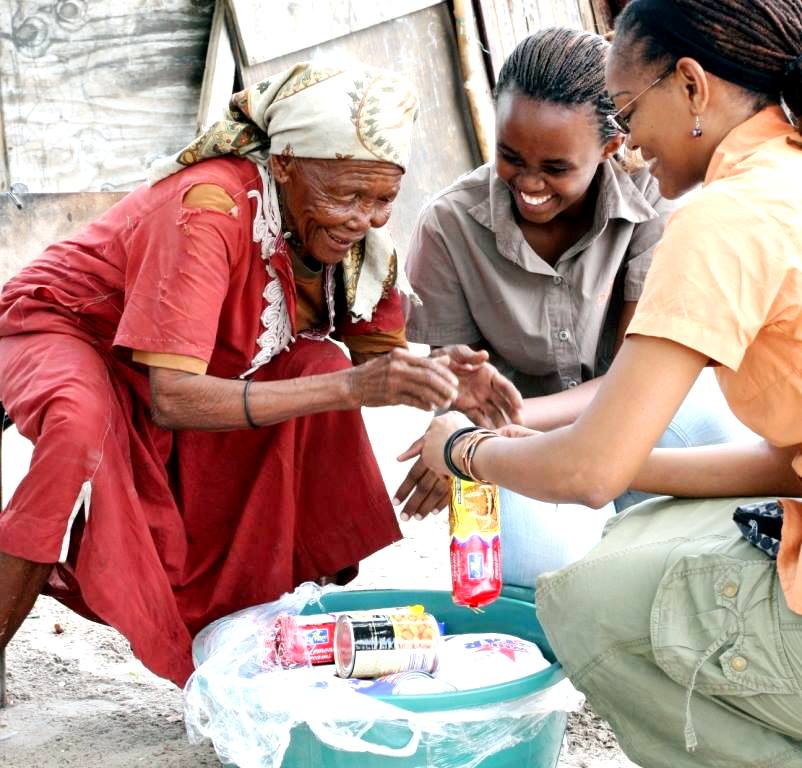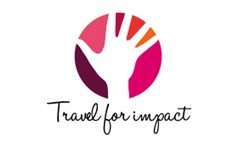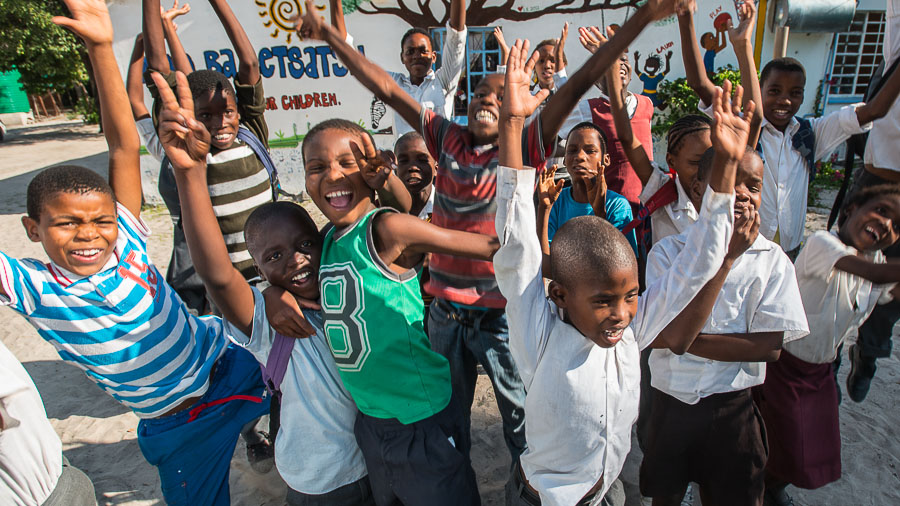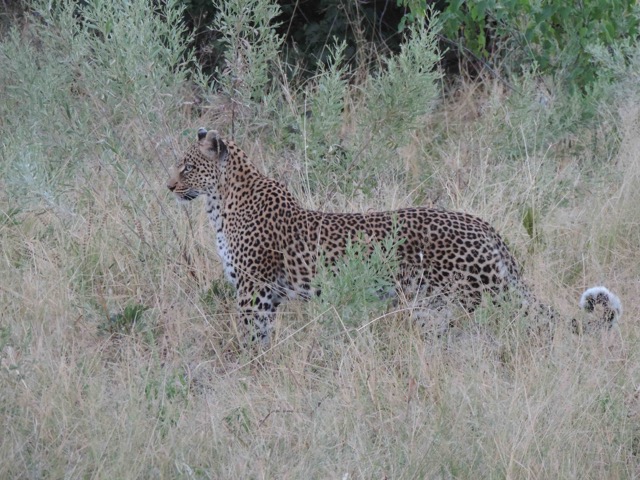Fly, Fly Away…
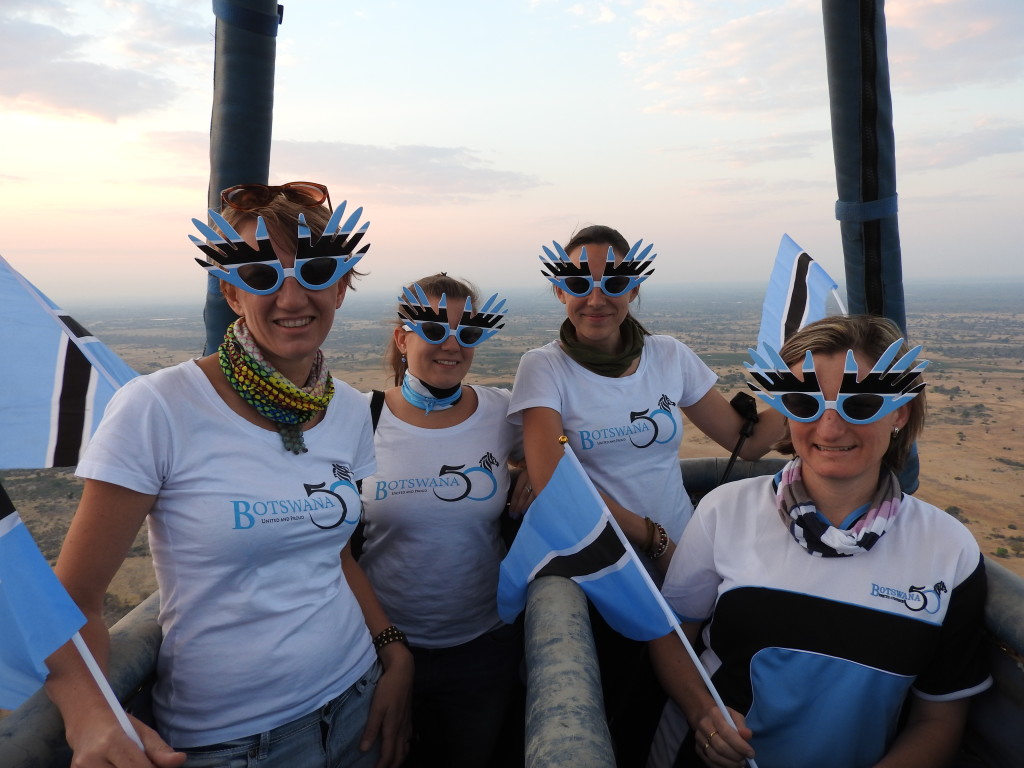
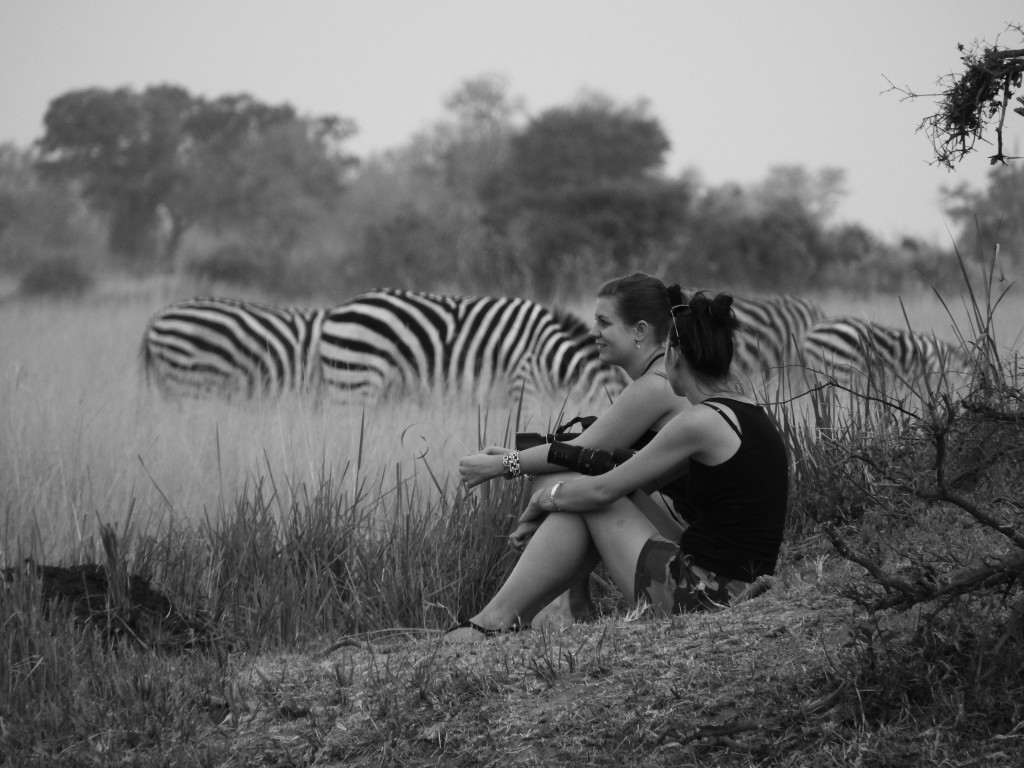
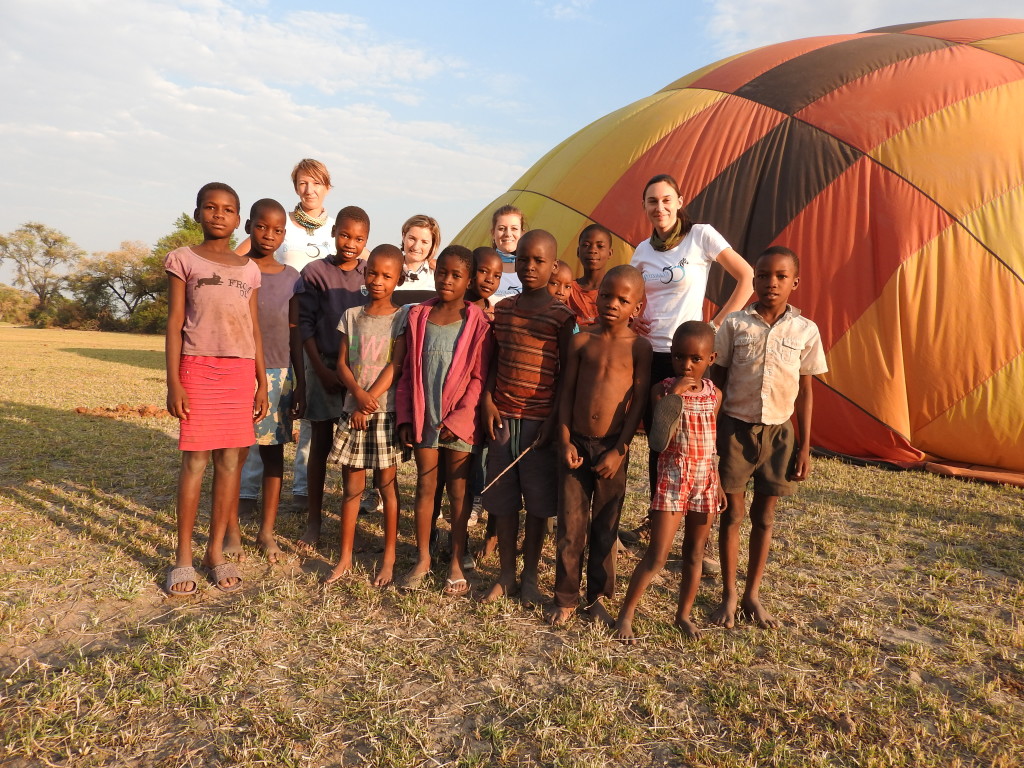
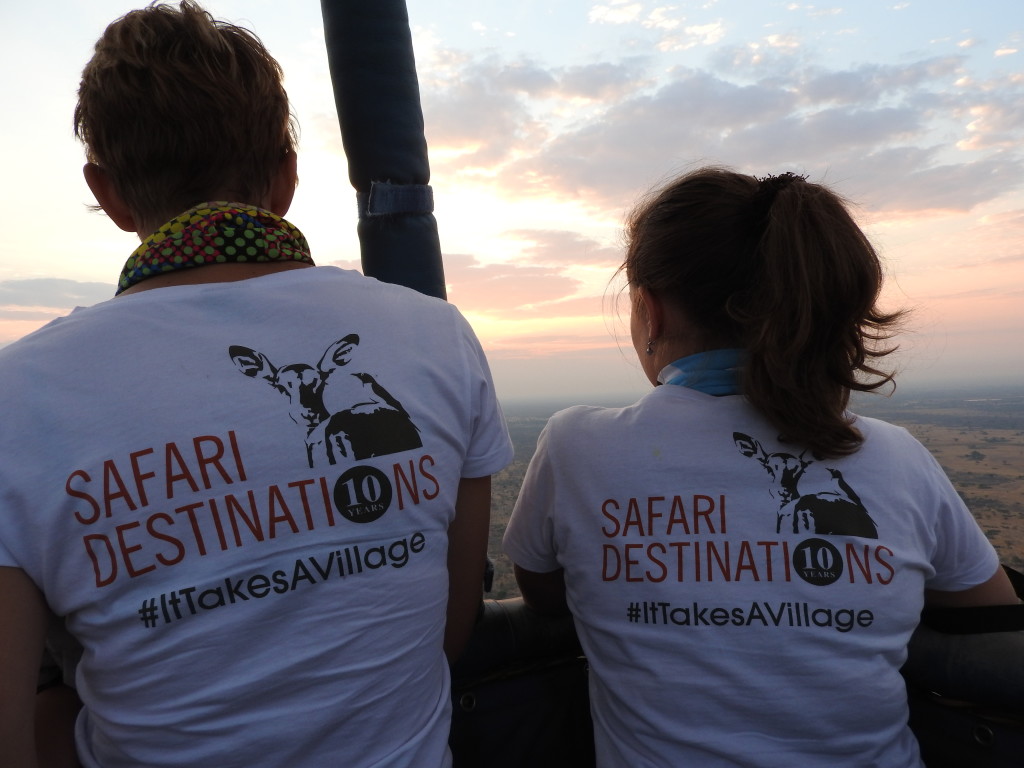
Community Hours Update
By now I’m sure almost everyone following our blogs are aware of our 10FOR50 campaign, celebrating our 10th and Botswana’s 50th anniversaries. A key component of our campaign is to donate 500 Hours to Community Service.
Our Team has been working hard on achieving our goal – so much so that in only four months we’ve already completed an impressive 305 Hours!
Our late August and September activities comprised a makeover of the reception at WAR (a local NGO offering safety and support to victims of gender based violence) and continued home visits to needy Elderly, identified by AGLOW (a local NGO providing support to the elderly). We also participated in local fundraisers and education campaigns: the Golden Groups Fashion Show and the Maun Global March for Rhino’s Elephants and Lions.
This month, we thought we’d share some feedback from our activities with WAR and AGLOW as related from behind the scenes by our staff members Angie and Chantal.
Chantal participated in Elderly visits with AGLOW. She writes the following moving description of what such visits entail:
“The things we take for granted in our lives were sorely lacking as Lesang the AGLOW coordinator took us to the first port of call. A dark hut, no windows, a few breeze blocks allowing in tepid light. A mattress on the floor being the only furniture, bar an old tin trunk. No modern conveniences here at all. An elderly lady in residence – semi paralysed by a stroke and with limited eyesight and hearing, greeted us from her bed clashing some metal sticks together, thinking that we were there to steal her things. Lesang patiently held her hand, and explained to her that we were here to clean her house, help her bath and wash her clothes, that we were there to help and not steal.
These are all simple activities to do, and yet difficult in an environment of dust, sand and no running water. We set about the tasks of fetching water from the office, sweeping an incomplete concrete floor crumbling to sand, and Resego breaking a broom in trying to air the bedding. All of us learning to speak loudly so that we could be heard and understood. Our elder helped to a seat outdoors, sat and ate the nutri-meal porridge which is one of her daily meals provided by AGLOW. She chivvied us on, strong and fierce in spirit despite the frailty of her body. Bathed, body lotion applied to the softest skin, and changed into fresh clothes, our elder gave thanks for feeling so much better after the bath.
We took small gifts – toiletries, sweets, biscuits – all were stashed away in a “safe” place and a hot meal eaten with relish. These were all simple things we did, and yet Lesangs’ patience and caring, her conversation and gentle touch reminded me of how much our elderly miss out on each day. AGLOW are striving to provide dignity, respect and care for a generation lost in the speed and demands of today’s’ world. I am proud that we, as Safari Destinations, support AGLOW. I have the greatest respect for what they are achieving and am humbled to have been able to assist in some small way.”
Safari Destinations is a proud supporter of AGLOW. In addition to assisting them with home visits, we also provide AGLOW with substantial monthly funding through the TFI Bed Levy. They will also benefit from free transport through the SD/TFI Community Bus, when launched in October.
Assisting and supporting vulnerable woman in our community is another core project in SD’s Social Responsibility Agenda. We were recently requested by WAR to renovate their reception area. Ops Manger Angie reports:
“On Saturday 20th August 2016, accompanied by our Director Lorraine, 10 of our staff members (the 1st of 2 Groups) took on the then barren walls of the WAR Reception area. With masks on our faces we sanded and scrubbed the walls tirelessly, interchanging tools, while others went on breaks to catch their breath.
As much as the day was filled with laughter and catching up with each other, this day was not about making up hours but about reflecting on the broader purpose of why we were gathered at Woman Against Rape. It was at the forefront of everyone’s thoughts that we were in actual fact making the environment, atmosphere and space for those who used this Reception area a brighter, happier and safe place.
The experience of working together as a Team towards one goal is priceless and the sense of accomplishment is very gratifying. When all was done and dusted and the paint was left to dry, our contribution for the day will forever resonate in our hearts as we gave way to our colleagues who completed the makeover the following day…
Every time I walk away from such acts of benevolence, I am reminded that serving with even the smallest tasks can make a difference in people’s lives and broadens my awareness to the next person in my community.”
We look forward to the coming months which will see us donating more hours of community service to other projects including: MAWS Halloween Fundraiser, Bana Ba Letsatsi Fun Day and the AGLOW Christmas party.
#ItTakesAVillage
Bed-night Bank
Announcing the arrival of Bed Bank For Charity – a ground-breaking, fund raising initiative by Travel for Impact and Safari Destinations.
Travel for Impact (TFI) and Safari Destinations are very excited to announce the ‘Safari Bed Bank’ – an exciting and innovative new venture to help raise awareness and funds to local community projects in Northern Botswana. The Safari Bed Bank complements the already existing work of Travel for Impact. TFI helps local communities on the ground, partnering with the safari industry to create a social responsibility fund which is administered through an advisory board comprised of community activists along with the private sector1. Not only do TFI provide financial support for community initiatives, they also add value by offering a dynamic range of mentoring services, strategic development and by sharing thier experiences to encourage these wonderful charities to meet their goals and to ultimately flourish through sustainability and growth.
Travel for Impact encourages the concept of ‘the wilderness supporting communities and communities supporting the wilderness’, driving conservation from beyond the immediate boundaries of tourism activity. Through generous donations from wildlife industries such as Safari Destinations, TFI already holds an impressive track record of helping and nurturing charities in making an impact.
The Bed Bank encourages suppliers to donate bed nights to Safari Destinations, who in turn sell these bed nights on, passing the proceeds to Travel for Impact to support charities with their core costs. As a Destination Management Company, Safari Destinations promotes Botswana’s accommodation and tourism services to the global market. Our position puts us in contact with both suppliers and agents. The ‘Bed Bank for Charity’ grew naturally out of these relationships and is an initiative which will have a lasting and meaningful impact.
Lorraine and Ruth, Managing Director of Travel for Impact, both recognise that this concept is only possible with the support of suppliers. Both companies would like to express their gratitude to the following companies for their generous support of the Bed Night Bank: &Beyond; African Bushcamps; Bushways Lodges; Belmond; Footsteps in Africa; Ghoha Hills Savuti Camp; Machaba Camp; Meno A Kwena; Wilderness Safaris; Ngamiland Adventure Safaris; Sanctuary Retreats; Uncharted Africa; Mack Air; Okavango Expeditions; Capture Africa; Letaka Safaris; Safari Life; Great Plains; Safari Guides Services.
Follow the hand and make sure you have a positive impact in Botswana!
Botswana’s Price Tag
Why are safaris so expensive in Botswana?
Since my beginning with Safari Destinations this question haunted me on many occasions. Especially people who visited East Africa or travelled to more mainstream safari destinations like Namibia or South Africa before, are surprised when finding out how much more a safari to Botswana costs.
In order to get our head around the “price tags”, we first need to understand the philosophy behind Botswana as a tourism destination: The strategy follows a high cost – low impact approach.
Low tourist density. The restrictions on allowed beds per concession area are quite strict compared to other countries. This means that a camp can only host a certain number of guests and only operates on a small-scale vehicle operation in order to minimize the human impact on nature. This automatically leads to a lower number of tourists in Botswana and makes the experience of the guests much more exclusive.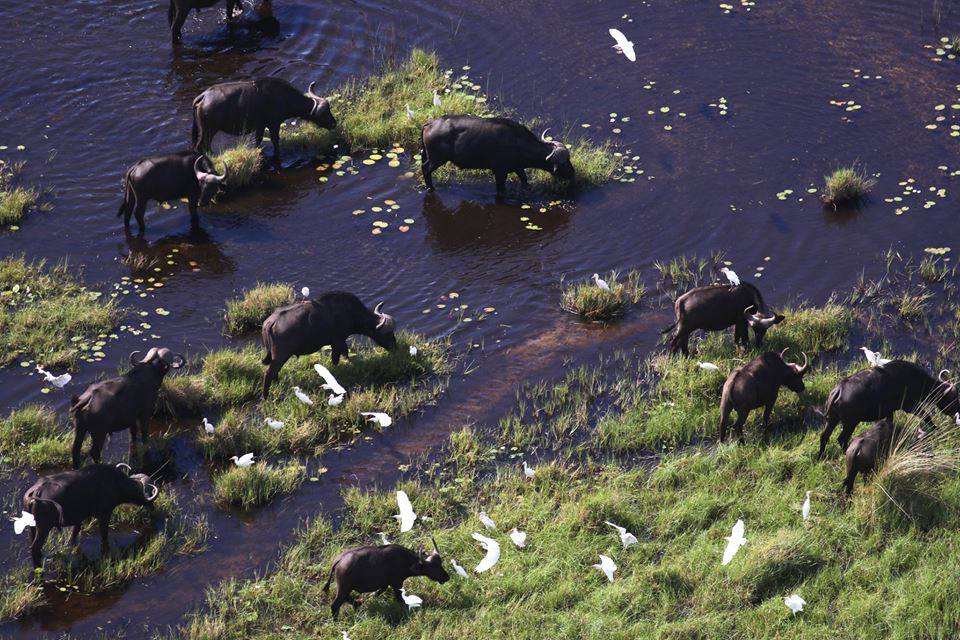
But please note: there is a difference between national parks and private concession in terms of accessibility and tourist frequencies!
Environmentalism & high costs: In order to run a camp in Botswana, the camp operator has to pay the government quite high conservation fees and leases for the areas. Together with the governmental restrictions, it encourages sustainable constructions in wildlife areas. The idea is that every camp is built in a sustainable way so that it can be removed completely after the lease expires, without leaving any traces in the landscape. And I think every person who has swapped from standard electricity to solar power knows how cost intensive the installation of such renewable energy sources is.
Both points have a convenient effect on the tourist experience on safari:
– On game activity, tourists in Botswana (normally!) face fewer other tourists and have an exclusive wildlife sighting – meaning they only share it between fewer vehicles whereas in other destinations vehicles already queue to a certain extent in case of an exciting predator sighting.
– Landscape is mainly impacted by natural forces and not by humans, which often goes along with strong photo opportunities. Moreover, most camps and mobile operators are perfectly equipped with open vehicles to make a photographic safari a success (no window-/vehicle frames, better light effects). This also creates a distinction between Botswana and other destinations, where only closed vehicles are allowed. Besides the clear commitment to photographic safaris by the companies, nature also does its part by providing unique undisturbed sceneries for its visitors and local people.
You don’t believe me? Check out the following hashtags on social media platforms like Instagram, Facebook or Twitter to get an idea of the beauty of Botswana:
#lostinbots & #whyilivehere & #thisischobe
There you have a proof of the diversity of landscapes Botswana has to offer: massive rivers (e.g. Chobe), dry savannahs (e.g. Savute), fascinating river systems (e.g. Okavango Delta), impressive salt pans (e.g. Makgadikgadi) and the vastness of the Kalahari desert.
– The diversity in landscape is not only an opportunity for landscape photography. It also provides different habitats and is therefore home to a wide range of animal species. Botswana boasts itself with “quality game”, not “quantity game”. Obviously we also count large herds of elephants and buffalos as well as comparably high numbers of predators (lions, leopards & cheetahs) in Botswana. But what other destinations can’t compete with is the high number of rare species like: wild dogs, brown hyenas, leopards, sable and roan antelopes to name a few. Normally these animals are hardly ever seen on conventional safaris. Botswana however provides the habitats for them and therefore increases the chances of witnessing these rare species on safari.
All those points lead to an exclusive safari experience, which is reflected in a higher price tag. But behind the tourist experience is a mostly unknown enormous logistic expenditure. And these need to be taken into consideration before labelling Botswana as “expensive”.
Food delivery and waste management: Botswana is a landlocked country, most supplies are imported from South Africa, by the time the food arrives in Maun it has travelled more than 1000 km already. From Maun the journey continues. Most camps are located in remote areas. In order to provide a culinary experience for guests during their stay, every single food item and can or bottle of beverage needs to be brought into camp. Due to most of them being inaccessible by road this is done by aircraft, which is not only a tremendously logistic operation but also results in high operational costs for the camps. And not only the fresh food is getting delivered, also the reverse transportation of waste out of wildlife areas takes place by aircraft.
High staff guest ratio: The staff members of the camps need to be flown in and out of camp (duty, leave, doctors visits,. ..) as well, and in order to deliver such a remarkable customer service the camps operate on high staff numbers. Normally 3 or more staff members are in camp for one guest. 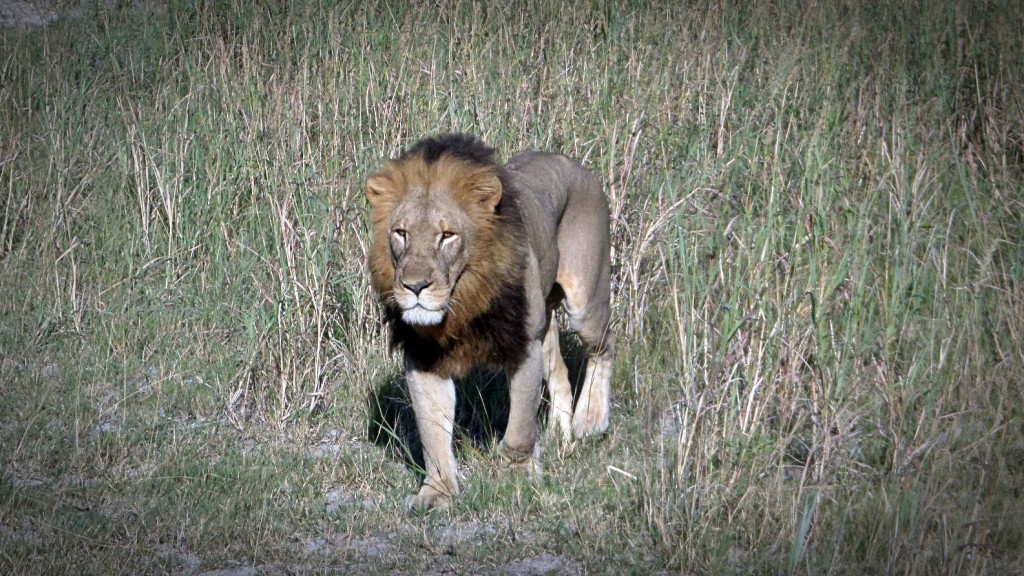
High maintenance costs: The location in the unspoilt wilderness also results in high maintenance costs for a camp. Water pipes break regularly because of animals impact, wood constructions or canvas need to be replaced several times – not only for the visual effect but also to be functional e.g. in keeping the heat out of a guests unit. The same applies to safari vehicles. They need to undergo frequent maintenance because of the “unhealthy” combination of water, heat and sand which quickly leads to signs of wear and tear. Additionally, spare parts need to find their way into camp which again involves logistical costs.
This shows that there are many visible and invisible components for the price tag.
Botswana – one of Africa’s best kept secrets!
